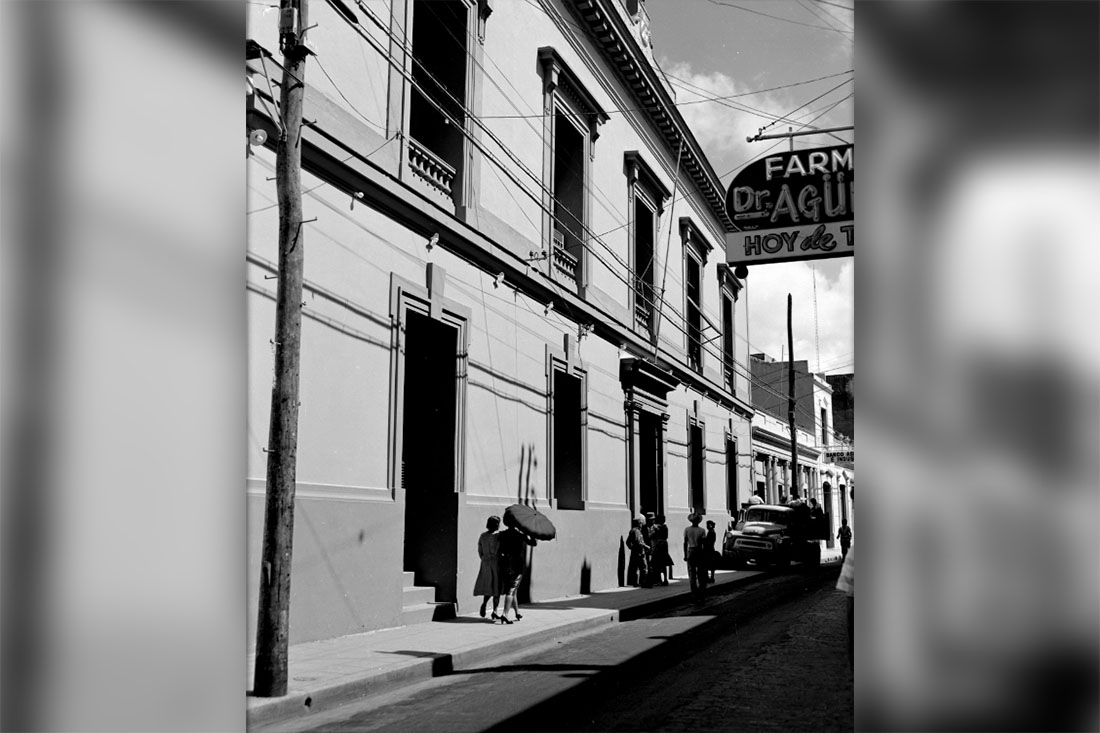If you visit the Interpretation Center of the Heritage City, or as the inhabitants of the terroir commonly call it, the Model of the city, you will inquire between astonishment and perhaps ignorance for one of the models that recreates the old building of the Royal Court of Santo Domingo, today the HQ of the Provincial Court of Justice.
This question will lead you through the history of one of the most important institutions that existed in the 19th century and that represented for Puerto Príncipe a stimulus in the socioeconomic organization, fundamentally in the educational and cultural spheres.
What was the Royal Court?
The simplest answer is the legal representation of the Spanish metropolis for Latin America, established in its beginnings in Santo Domingo in 1511 and transferred to Cuba, Puerto Príncipe, on November 27th, 1797, by Royal Decree of May 23rd, 1795.
However, due to the dilation of the metropolitan bureaucratic apparatus, it became effective on July 31st, 1800, the Court initially had jurisdiction in Cuba, Louisiana and Florida, years later the loss of the territories of Puerto Rico, Florida and Louisiana, as well as the creation of the Royal Court of Havana in 1838 and of Santiago de Cuba in 1871, limited its jurisdiction.
His arrival in Camagüey meant an ideological mixture that had as a point of reference the enlightened ideas that were perceived since the dawn of the nineteenth century. It is undeniable that, with the plurality of judicial processes discerned in the city, it becomes the legal and university capital of the territory and beyond its borders.
On the other hand, Dominican families settle, among them the Pichardos, the Bernales, the Herreras, the Sterling, who bring together with the youngest of the local families such as the Agüeros, the Betancourts, the Cisneros, the Agramontes, among other illustrious surnames of Camagüey, which propitiate an interesting takeoff in enlightened and progressive projects of an economic, cultural, educational and political nature.
And so, the humanist and enlightened ideas themselves form an anti-colonial framework that merges with the nationalist views of the Creoles who held positions, despite the limitations of their classes and interests.
The expressions of independence, such as the Triangular Chain of Puerto Príncipe, the uprising of Joaquín Agüero and other men from Camagüey, in 1851, the repression of General José Lemery led, among other causes, to consummating its transfer to Havana in 1853.
Later it returns to Camagüey city indistinctly, in 1868 it was located in the Convent of La Merced.
Today, the headquarters of the Provincial Court, invites us to unravel the influence of the Royal Court, the one that in cultural memory passed until almost becoming Creole with the name of Royal Court of Camagüey, and that bequeathed between ways of being, customs, enlightened ideas , architecture, confrontation between progress and conservatism, a region recognized as enigmas for researchers.
Translated by: Aileen Álvarez García






